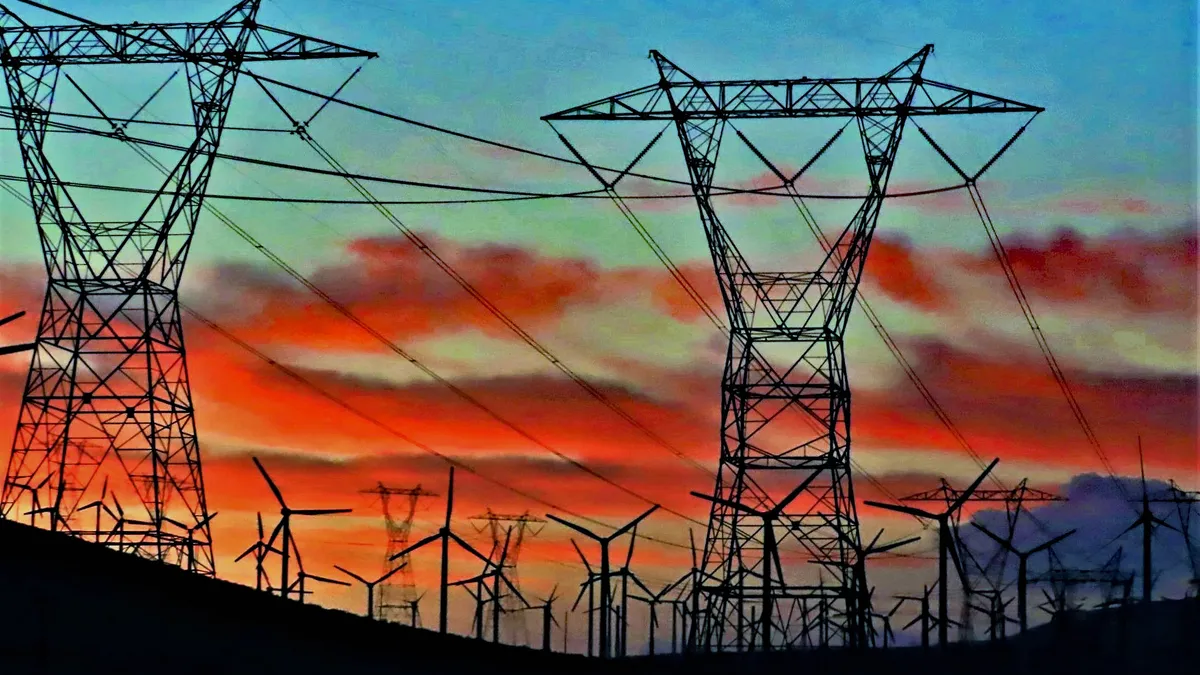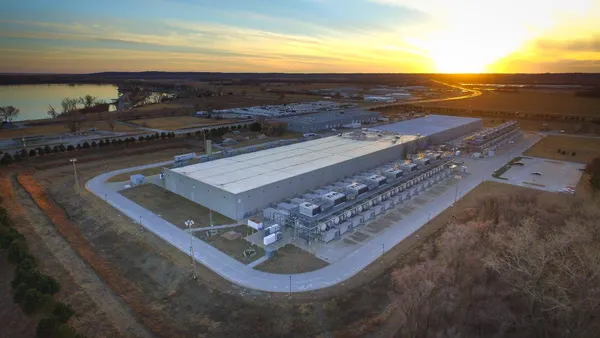Dive Brief:
- The California Independent System Operator on Wednesday published a final proposal for a voluntary extended day-ahead market, or EDAM, a framework that the ISO says will provide significant economic, reliability-related and environmental benefits across the West.
- The proposal is scheduled for review by the CAISO board of governors and Western Energy Imbalance Market governing body in February, and the system operator expects to initiate the EDAM in 2024.
- On Thursday, PacifiCorp became the first entity to announce its plans to join the EDAM, noting that the Western Energy Imbalance Market has already provided its customers with some $500 million in savings since 2014, as well as reducing the utility’s carbon emissions by 35 million metric tons.
Dive Insight:
CAISO launched the EDAM process in 2021, aiming to deliver additional benefits to those provided by the Western Energy Imbalance Market by building more regional energy collaboration across a larger area.
The proposed EDAM “will more efficiently and effectively integrate renewable resources and address significant operational challenges presented by a rapidly changing resource mix, emerging technologies, and the impacts of climate change,” the proposal states.
A West-wide day-ahead market could lead to as much as $1.2 billion in annual savings as well as increase renewable output by over 1,800 GWh, according to a November study conducted by Energy Strategies for CAISO. By removing transmission wheeling costs and other measures, a day-ahead market could result in 78% of the savings of a Western regional transmission organization, the analysis found.
The final EDAM proposal is somewhat different from a draft version released in October. Among other changes, it includes enhancements to transmission availability design, as well as clarifies aspects of the EDAM’s resource sufficiency evaluation design.
The EDAM will build on the success of the Western Energy Imbalance market, which has provided over $2.9 billion in benefits to its 19 participants, the proposal noted. That number is set to increase to 22 in 2023, representing nearly 80% of load across the Western Interconnection.
The day-ahead market offers the region economic benefits by reducing production expenses and tapping into least-cost resources to meet electricity demand, as well as environmental benefits, since surplus renewable production in one part of its footprint can be channeled to meet demand elsewhere, according to CAISO.
On the reliability front, a regional day-ahead market provides a clearer picture of resource availability and other conditions across its footprint, the system operator said in a fact sheet.
In a statement, Stefan Bird, president and CEO of PacifiCorp subsidiary Pacific Power called the step to a day-ahead market a “game-changer.”
“A modernized western energy market is a key component of PacifiCorp’s strategy to connect and optimize the West’s abundant and diverse energy resources to deliver the lowest cost and most reliable pathway to a net-zero energy future,” Bird said.
“We are very excited and appreciative that PacifiCorp has announced its intention to join the Extended Day-Ahead Market,” CAISO President and CEO Elliot Mainzer said in a statement. The grid operator is hopeful that other entities across the West will join PacifiCorp in positioning the EDAM as “the next major step in Western market integration,” Mainzer added.
Western Resource Advocates commended CAISO for the timely release of the EDAM proposal, which is expected to unlock significant benefits for integrating clean energy resources into the Western Interconnection, said Vijay Satyal, manager, regional energy markets, with WRA.
“An extended day-ahead market will create greater predictability, more situational awareness and a higher degree of understanding of resources that are available, and [those that are] not, on the system – that directly impacts reliability, or can enhance reliability,” Satyal added.
An extended day-ahead market could substantially reduce operational costs across the Western Electricity Coordinating Council, Seth Hilton, partner at Stoel Rives, agreed in an email.
“The value of EDAM will really depend on the extent to which the CAISO’s proposed market can attract participants, especially as there are other options such as SPP’s Markets + proposal. The CAISO needs to come up with a proposal, and a governance structure, that is attractive to potential Western participants,” Hilton said.
“CAISO’s EDAM progress is a positive step that is attracting more utility participation and will lead to greater regional collaboration. This effort is important as the West works to build an RTO … of the future to improve energy deliverability, maximize customer savings, and keep the lights on,” Amisha Rai, managing director at Advanced Energy Economy, said in an email.















